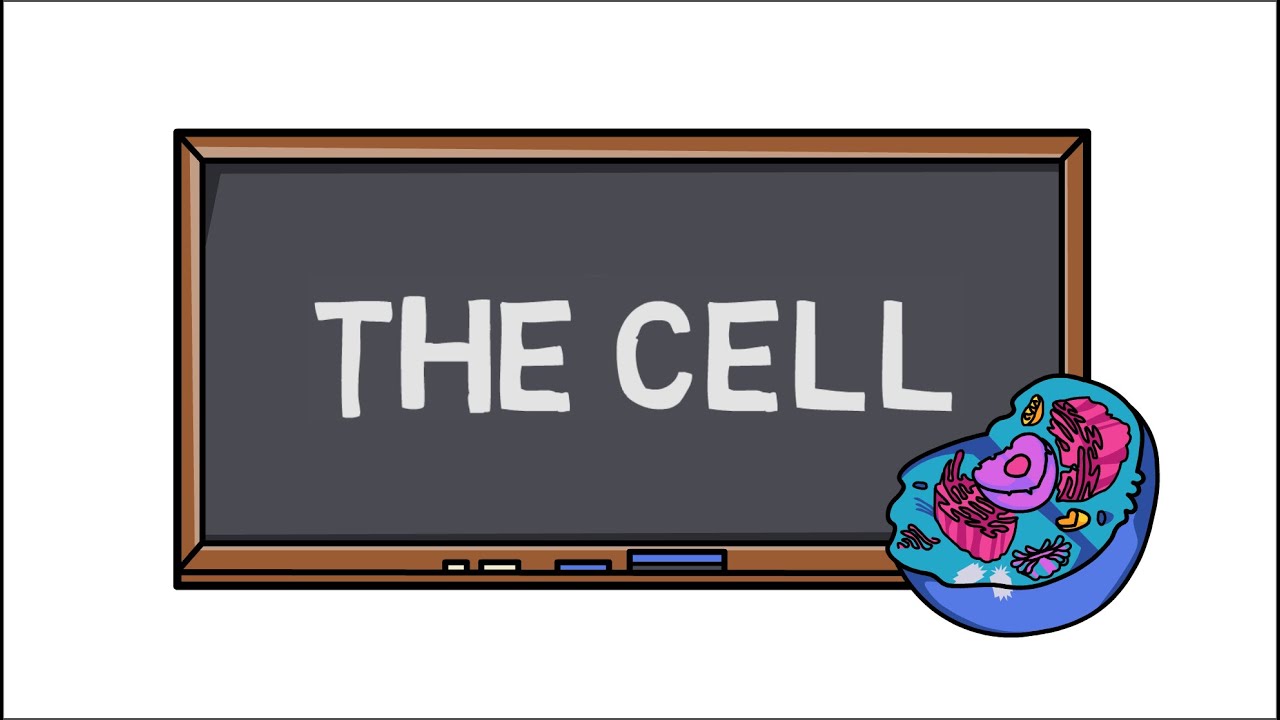Science Form 1: 2.1: Cell - Structure, Function & Organisation (part 2)
Summary
TLDRThis lesson focuses on the organization of cells in living organisms, starting with the basic building blocks—the cell. The script explains how cells form tissues, tissues form organs, organs form systems, and systems work together to create an organism. It covers both human and plant cell structures, highlighting their roles in various systems like the digestive, skeletal, nervous, and reproductive systems. The lecture also includes examples of different cell types, their functions, and their contribution to larger biological processes, concluding with an interactive exercise on cell organization.
Takeaways
- 😀 The organization of life begins at the cellular level, where cells combine to form tissues, which then form organs, organ systems, and finally an organism.
- 😀 The largest organ in the human body is the skin, which plays an essential role in protecting the body and regulating temperature.
- 😀 The body is organized into various systems, such as the digestive, skeletal, nervous, and respiratory systems, each with specific functions.
- 😀 Cells within an organism work together to form tissues, organs, and systems, ensuring the organism functions as a whole.
- 😀 In humans, the digestive system includes organs like the mouth, stomach, and intestines, all working together to break down food for nutrient absorption.
- 😀 The skeletal system supports the body and protects internal organs, such as the heart and lungs, while the muscular system allows movement.
- 😀 The nervous system carries signals from the brain to the body, helping coordinate body functions.
- 😀 The respiratory system is responsible for absorbing oxygen and expelling carbon dioxide, essential for maintaining life.
- 😀 The endocrine system produces hormones that help regulate bodily functions and coordinate reactions.
- 😀 Reproductive systems in both males and females ensure the continuation of the species through the production of sperm and eggs, leading to reproduction.
Q & A
What is the process of cell organization in an organism?
-Cell organization begins with individual cells that combine to form tissues. Tissues then combine to form organs, organs combine to form systems, and systems work together to form an organism.
What is the largest organ in the human body?
-The largest organ in the human body is the skin.
How does the structure of the heart muscle cell contribute to the formation of an organ?
-Heart muscle cells combine to form heart tissue, and multiple tissues together form the heart organ, which is part of the circulatory system.
What are the levels of organization in the human body, and what is their order?
-The levels of organization in the human body are cell, tissue, organ, system, and organism. This hierarchical structure progresses from the simplest to the most complex.
How do plant cells differ from animal cells in terms of function?
-Plant cells have specialized functions like photosynthesis (performed by chlorophyll in chloroplasts) and water absorption (via root hair cells), whereas animal cells perform tasks like muscle contraction, nerve signal transmission, and oxygen transport.
What is the role of the digestive system in the human body?
-The digestive system breaks down complex food into simpler forms so that it can be absorbed and used by the body. It includes organs like the mouth, esophagus, stomach, small intestine, and large intestine.
How do muscle cells contribute to movement?
-Muscle cells contract and relax, allowing movement of the body and the inner organs. This function is essential for locomotion and various bodily movements.
What is the function of the excretory system in humans?
-The excretory system removes waste products from the body. Organs like the kidneys and lungs help to filter out toxins and regulate the body's internal balance.
How do the lymphatic and circulatory systems work together in the human body?
-The lymphatic system drains lymphatic fluid into blood vessels, while the circulatory system transports oxygen, nutrients, and hormones throughout the body. Together, these systems maintain fluid balance and immune function.
What is the role of epidermal cells in plants?
-Epidermal cells in plants form a protective tissue layer that reduces water loss, allows gas exchange, and facilitates the absorption of water and nutrients.
Outlines

Cette section est réservée aux utilisateurs payants. Améliorez votre compte pour accéder à cette section.
Améliorer maintenantMindmap

Cette section est réservée aux utilisateurs payants. Améliorez votre compte pour accéder à cette section.
Améliorer maintenantKeywords

Cette section est réservée aux utilisateurs payants. Améliorez votre compte pour accéder à cette section.
Améliorer maintenantHighlights

Cette section est réservée aux utilisateurs payants. Améliorez votre compte pour accéder à cette section.
Améliorer maintenantTranscripts

Cette section est réservée aux utilisateurs payants. Améliorez votre compte pour accéder à cette section.
Améliorer maintenantVoir Plus de Vidéos Connexes

BAB 1 PENGENALAN SEL || Sel dan Mikroskop || IPA Kelas 8 Kurikulum Merdeka

O QUE É A CÉLULA | Biologia com Samuel Cunha

The Cell | Discovery of first Cell | Cell Theory |

Cells, Unicellular Organisms, and Multicellular Organisms

History of Cell Theory - How We Discovered Cells

GCSE Biology - Cell Types and Cell Structure #2
5.0 / 5 (0 votes)
